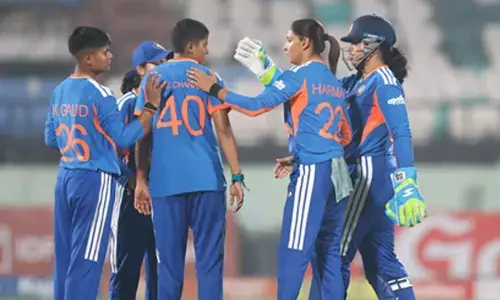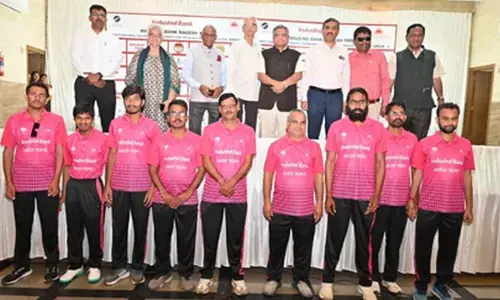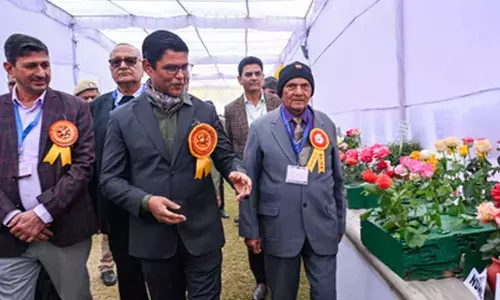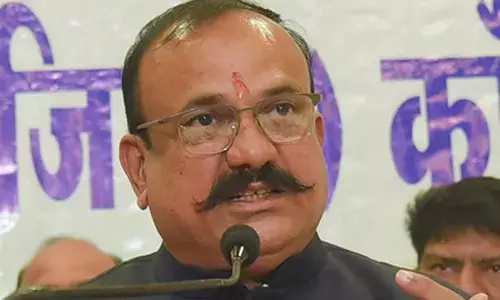Ancient Lullabies vs Modern Reels: Calming Babies in Contemporary India

Lullabies have played a significant role in the formation of parent-child bonds since ancient times, as they have been a crucial way of soothing infants, conveying knowledge, and preserving tradition
Lullabies have played a significant role in the formation of parent-child bonds since ancient times, as they have been a crucial way of soothing infants, conveying knowledge, and preserving tradition. These delicate, soft chants have been a vital way of life in the colorful Bharat’s culture, symbolizing the bounty of the subcontinent’s heritage and providing a vehicle for the storing of values, stories, and spiritual beliefs that have survived across centuries.
Bharat’s lullabies embody the love and care parents have for their children, fostering an environment of confidence and comfort from the first days of being born. The soft and sensitive lyrics to these songs create an environment of confidence and comfort, providing emotional well-being from the first days of being born. The lullaby “Nindro Nindro Khokona” sung in Bengali is one of the glorious example of this, with its verses being soft and swaying with a scene of a mother hugging her child as the disquiet of the world disappears.
Lullabies also preserve the enriched cultural legacy that boasts and passes from one generation to the other in a manner that can endure the prevalent economic difficulties and cultural diversity. Their poetic phrases ensure the transmission of numerous lessons and wisdom over the duration of many years, acting as singing libraries of the accumulated past of the civilization. They function as mediums for passing on stories, carrying onto them heroic deeds, moral lessons, and ultimately cultural parables, making a child familiar with their roots and identity.
Various Languages and local cultures are another significant feature of lullabies, reflecting the complexity of the subcontinent and its beautiful language landscape. Each community has its own unique lullabies, which may be identical in words and phrases but with a little difference in the music, tunes, and emotions portrayed. This process is a reflection of the cultural fabric of the country. lullabies also represent the spiritual and philosophical backdrop of the ancient traditions that gave birth to generations that have lived in the land. Many lullabies embed ritual motifs in their lyrics, artificially selected through Hindu gods, Buddhist teachings, or principles concepts that have coexisted and intermixed in the country for ages. These songs integrate children with the spiritual world, endowing them with a sense of spiritual respect and connection with the divine from a very early age, keeping these wisdom traditions alive for many generations to come.
Lullabies play a crucial role in retaining and spreading cultural knowledge, guiding communities in daily activities such as agriculture and medicine. The songs “Ghumma Ghumma” sung in Hindi provide day-to-day advice on how to take care of crops and comprehend the cycles of nature, enabling various communities to flourish.
lullabies melodies and rhythms reflect the rich and sophisticated music systems developed for thousands of years, reflecting the classical Hindustani and Carnatic traditions.
Lullabies have gained worldwide recognition for their cultural value and their role in preserving the nation’s rich artistic representation. These ancient melodies, known as “lori” in Hindi, are more than just songs; they are an intrinsic part of India’s rich cultural tapestry. They vary from region to region, reflecting the country’s vast linguistic and cultural diversity. Each lullaby is a repository of tradition, encapsulating local folklore, religious beliefs, and historical narratives.
In 2021, 28-year-old Amabel Susngi realised that lullabies in her native language Khasi were more or less lost on the younger generation across India. She recollected her mother’s melodies of the fading sun and rising moon, the gaze and splendor of nature, and the morning miracle that arrived with promise.
Historically, Bharat mothers and caregivers have relied on a variety of traditional methods to soothe their infants, such as singing lullabies, rhythmic sounds, and gentle movements. Some communities used specific musical instruments, like the “ektara” or “dholak,” to create a soothing auditory environment. In addition, the practice of “Oonjal” (swinging) in South India involved placing the baby in a cloth hammock that was gently rocked. This motion, combined with a lullaby, created a multi-sensory experience that was highly effective in calming and lulling babies to sleep.
However, the traditional practice of singing lullabies is facing competition from digital solutions. With the rise of platforms like YouTube and Instagram, parents are increasingly turning to online videos and reels to soothe their babies. These digital lullabies often come in the form of animated visuals set to soothing music or nursery rhymes. The convenience and variety offered by these platforms are significant factors in their popularity.
However, while the digital age provides a vast array of resources, it also raises questions about the potential loss of cultural heritage. Traditional lullabies are not just about putting a baby to sleep; they are about the emotional connection, the sharing of cultural stories, and the imparting of values. The personal touch of a parent’s voice, the warmth of a familial melody, and the cultural context embedded in traditional lullabies are irreplaceable.
However, there is a way to balance the old and the new. Parents can leverage digital tools while also incorporating traditional lullabies into their routines. This hybrid approach ensures that children are exposed to their cultural heritage while benefiting from the soothing effects of modern solutions.
Bharat lullabies are a profound cultural treasure, embodying the essence of the nation’s diverse traditions and histories. While contemporary generations may rely on digital platforms for convenience, it is essential to remember the irreplaceable value of traditional lullabies. These age-old melodies are more than just songs; they are a bridge connecting the past with the present, carrying forward the legacy of India’s rich cultural heritage. By finding a balance between tradition and modernity, parents can provide their children with the best of both worlds, ensuring that the cultural significance of lullabies is preserved for future generations.

















